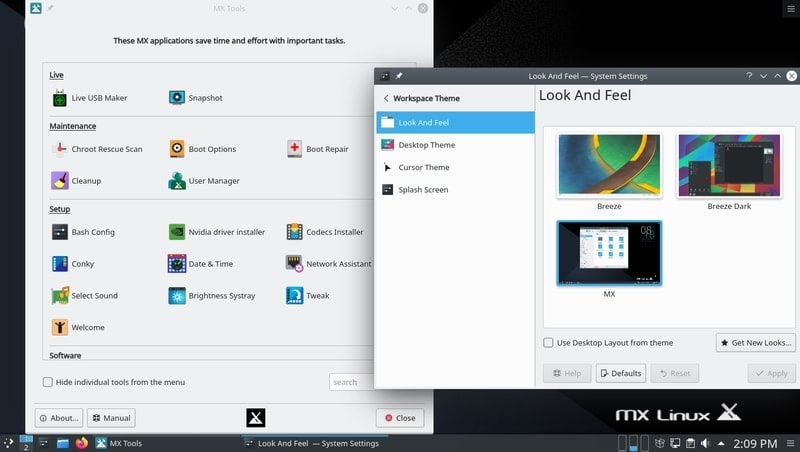
Great, the only thing that is missing is our linuxconfig program. Inside the control file, we enter the following information: Package: linuxconfigĭescription: Print on the screen Next, create the DEBIAN directory and the control file: $ mkdir linuxconfig/DEBIAN This directory will hold all necessary package files: $ mkdir linuxconfig custom files to be part of the package (not required)įirst create a directory called linuxconfig.The only files required to build a debian package are: First of all, we need to create the debian package structure. Now that we have our small program ready in the form of an executable binary, we can create a debian package. At this point we should have an executable called “linuxconfig” which prints some string on the screen.

To compile the code, we use the following linux command: $ g++ -o linuxconfigĪll is looking good. We can install it by running: $ sudo apt-get install build-essential To compile the program we need the g++ compiler, which is provided by the build-essential package. Our program will do nothing else just print “” on the screen. In case you wish to write a simple C program instead visit our comprehensive tutorial to C programming.

The first thing we need to do, is to create a simple C++ program, compile it and test it.

$ – requires given linux commands to be executed as a regular non-privileged user # – requires given linux commands to be executed with root privileges either directly as a root user or by use of sudo command Requirements, Conventions or Software Version UsedĪ working Apache web server and root permissions Software Requirements and Conventions Used Software Requirements and Linux Command Line Conventions Category


 0 kommentar(er)
0 kommentar(er)
